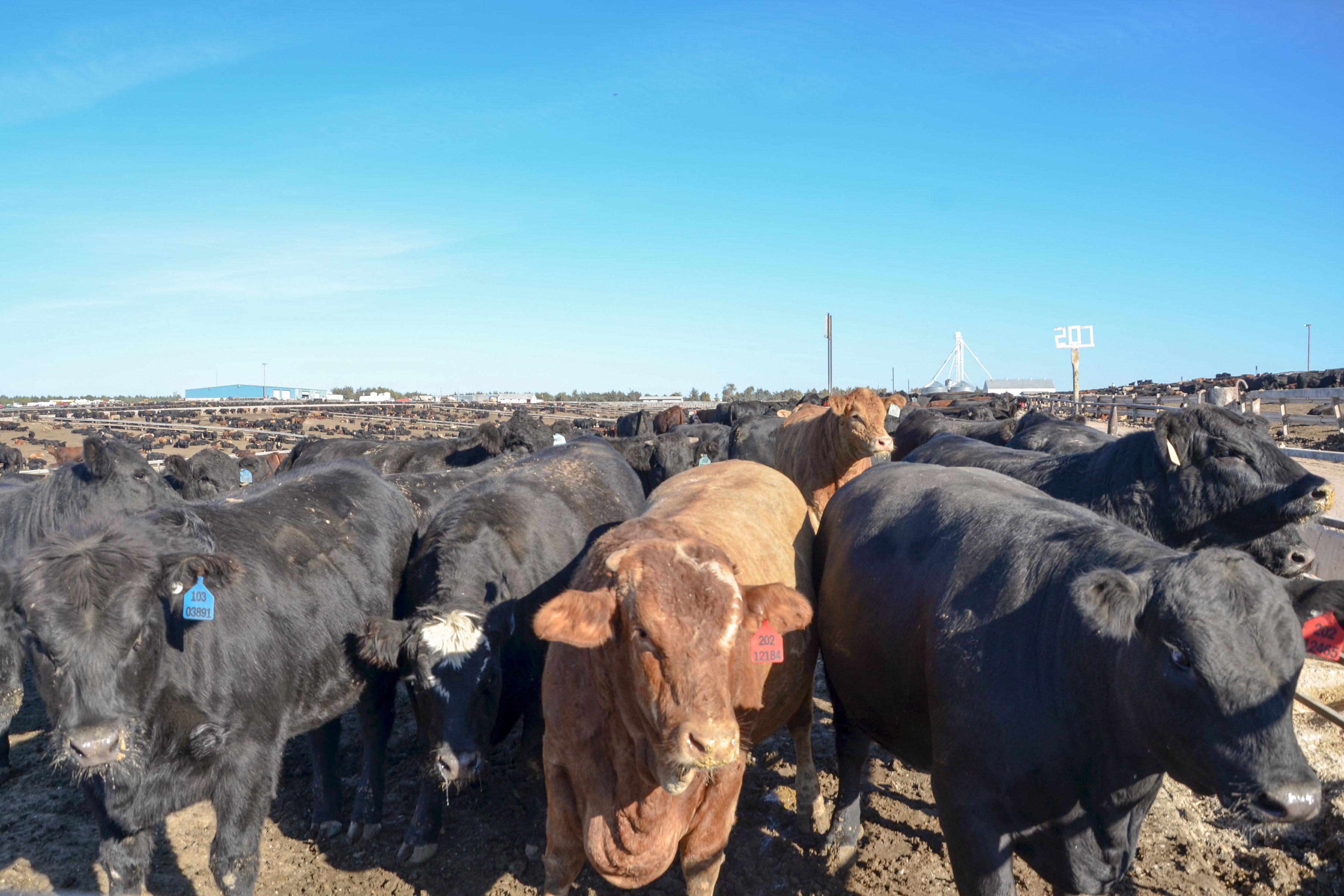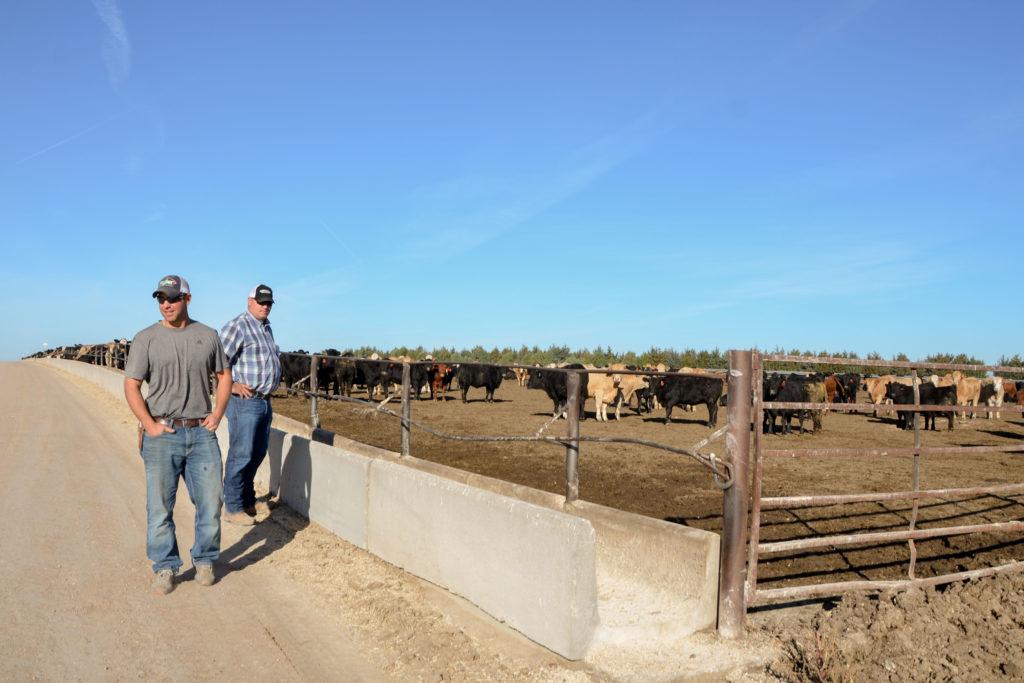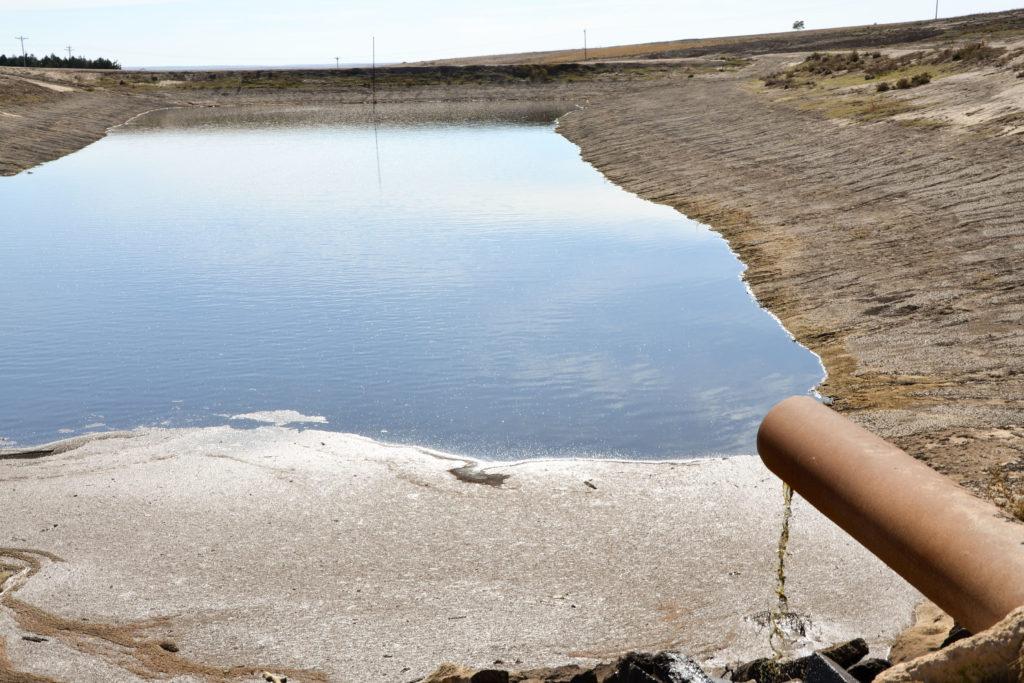
It was a wildlife death whodunnit.
After a historic rainstorm in 2015, wildlife officials found hundreds of dead fish in the South Fork of the Republican River, which runs from Colorado into Kansas just north of I-70. Officials estimated the event killed nearly 15,000 fish in Colorado. Hundreds of thousands more may have died on the other side of the state line.
In the end, Colorado Parks and Wildlife pinned the blame on 5 Star Feedlot in Bethune, Colorado. In its lawsuit, the agency, represented by the Attorney General, claimed the cattle feeding operation illegally discharged sewage during the rainstorm. Since wildlife is technically state property, it sought over $600,000 in damages, which a district court had already agreed to.
But on Thursday, the Colorado Court of Appeals reversed the decision, clearing the feedlot of responsibility and wiping out the damages. The case could also have broad implications for future cases connecting industry activity to wildlife deaths.
The appeals court ruled the feedlot was in compliance with state law and did all it could to prevent about 500,000 gallons of wastewater and rainwater from escaping the facility. Since the feedlot wasn’t at fault, the court ruled the state couldn’t seek damages. A spokesperson for the Colorado Attorney General’s Office said it’s now working with CPW to consider all options, including whether to ask the Colorado Supreme Court to review the case.
Chris Carrington, a lawyer who represented 5 Star, said the decision sets what could be a critical precedent for Colorado farmers: If a business kills wildlife, it must have acted “knowingly” and “voluntarily” to be held liable.
“It rules out the notion that agricultural operators can be liable for the unlawful taking of wildlife simply by operating a business in Colorado,” he said.

The case has been closely watched by Colorado’s agriculture industry. The Colorado Livestock Association, the Colorado Farm Bureau and the Colorado Corn Growers Association each submitted briefs in support of 5 Star Feedlot.
Carrington suggested the legal approach could become “a new revenue source” for Colorado. Any time officials found animals dead in a fence or drowned in a tailing pond, he said the industry worried the state could use wildlife statues to seek financial penalties from private companies.
Lauren Truitt, a spokesperson with Colorado Parks and Wildlife, said the agency is still digesting the decision but called the suggestion the agency was trying to make up revenue with the lawsuit a “gross mischaracterization.”
“This wasn’t an attack on big ag,” she said. “This was really a last resort.”
Few businesses are at greater risk of harming wildlife than feedlots. The Colorado Department of Public Health and Environment counts over a hundred Colorado cattle feedlots capable of holding more than a thousand animals. Many of those operations are close to waterways.
It’s up to cattlemen to keep the resulting sewage out of streams and groundwater, which is no easy task. A back-of-the-napkin calculation based on a government study shows an operation like 5 Star, which has the capacity for about 30,000 cattle, can produce as much sewage as a city the size of Aurora.
Their job gets especially hard during major rain events, which are set to become more frequent in a warming climate.

In Colorado, regulations allow feedlots to release effluent during one-day rain events thought to occur every 25 years or more. Regulators have a rhyme to explain the policy: Dilution is the solution to pollution. In other words, enough water can render toxic sewage harmless.
During the 2015 rainstorm, two inches of rain fell within thirty minutes. 5 Star presented evidence showing such an intense downpour only occurs once every 50 years in its area, meaning the storm met the threshold for a discharge. The state also conceded the feedlot’s containment ponds complied with all relevant laws.
The decision could have wide implications for state wildlife managers. Colorado Parks and Wildlife counted on fees from fishing and hunting licenses (as well as park passes) for 54 percent of its 2018 budget. That means any loss of wildlife is a loss of revenue.
Truitt said the decision has forced her agency to consider how it protects those resources under the court decision.
“How do you hold somebody accountable who may be truly negligent and kills a bunch of deer, sheep, moose, fish, you name it?” she said. “Those are some of the questions that are now on the table.”
Carrington, the 5 Star lawyer, said he recognizes that reality, but said the court made it clear CPW didn’t approach the problem in a legal way.
“If the General Assembly wants to pass laws that address this circumstance, then so be it,” he said. “But here, you have a square-peg-round-hole kind of approach.”







